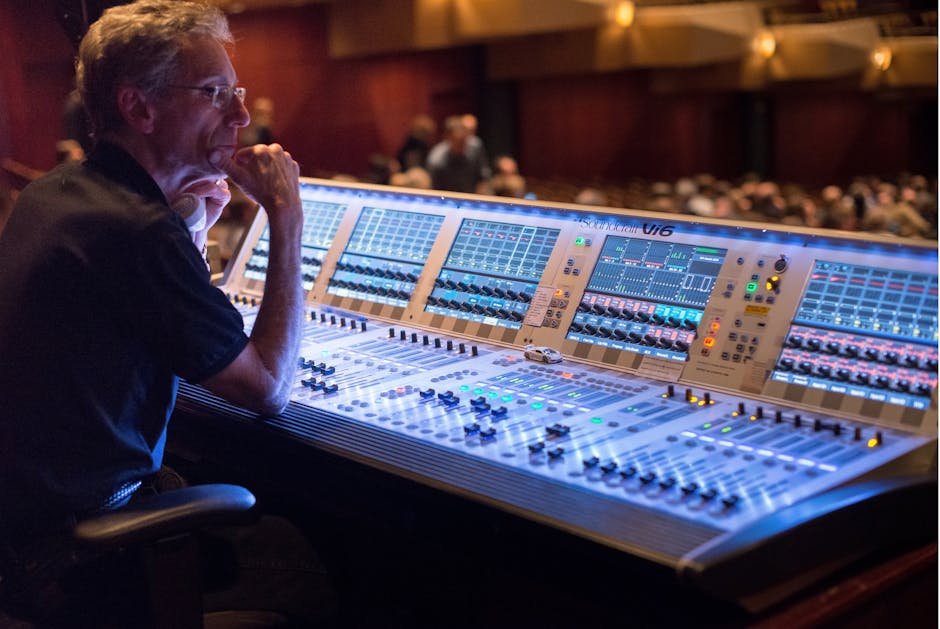 The Art of Stage Lighting Controls: A Comprehensive Guide
The Art of Stage Lighting Controls: A Comprehensive Guide
When it comes to creating a captivating stage performance, lighting plays a crucial role in setting the mood, highlighting the action, and drawing the audience’s attention. Stage lighting controls are an essential component of this process, allowing lighting designers and technicians to fine-tune the lighting scheme to achieve the desired effect. In this article, we’ll delve into the world of stage lighting controls, exploring the different types, features, and considerations to help you make an informed decision when purchasing stage lighting controls for sale.
Understanding Stage Lighting Controls
Stage lighting controls refer to the systems and devices used to operate and adjust the lighting fixtures on a stage. These controls can be manual, semi-automatic, or fully automated, depending on the level of complexity and precision required. Manual controls typically involve adjusting the lighting fixtures by hand, while semi-automatic controls use pre-programmed settings and automated controls use computer software to operate the lights.
Types of Stage Lighting Controls
1. Dimmer Packs: Dimmer packs are a type of stage lighting control that allow you to adjust the brightness of individual lighting fixtures. They are commonly used in conjunction with dimmable lighting fixtures and can be controlled manually or via a console.
2. Console-Based Systems: Console-based systems use a central control console to operate and adjust the lighting fixtures. These consoles can be manual or automated, and often feature a range of pre-programmed settings and effects.
3. Automated Lighting Systems: Automated lighting systems use computer software to operate and adjust the lighting fixtures. These systems can be programmed to create complex lighting sequences and effects, and are often used in large-scale productions.
4. Wireless Lighting Controls: Wireless lighting controls use radio frequency (RF) or infrared (IR) signals to control the lighting fixtures. These systems are often used in situations where a wired connection is not feasible or practical.
Features to Consider When Purchasing Stage Lighting Controls
1. Compatibility: Ensure that the stage lighting controls you purchase are compatible with your existing lighting fixtures and equipment.
2. Ease of Use: Consider the level of complexity and ease of use required for your specific application. Manual controls may be suitable for small-scale productions, while automated controls may be necessary for large-scale productions.
3. Precision: Consider the level of precision required for your specific application. Automated controls can provide a high level of precision, while manual controls may require more manual adjustment.
4. Scalability: Consider the potential for future expansion and scalability when purchasing stage lighting controls. Automated controls can be easily expanded and reprogrammed, while manual controls may require more significant upgrades.
5. Budget: Consider your budget when purchasing stage lighting controls. Automated controls can be more expensive than manual controls, but may provide a higher level of precision and flexibility.
Considerations for Purchasing Stage Lighting Controls for Sale
1. Quality: When purchasing stage lighting controls for sale, ensure that the products are of high quality and meet your specific requirements.
2. Warranty: Check the warranty offered by the manufacturer and ensure that it meets your needs.
3. Support: Consider the level of support offered by the manufacturer, including technical support and maintenance.
4. Compatibility: Ensure that the stage lighting controls you purchase are compatible with your existing equipment and lighting fixtures.
5. Budget: Consider your budget when purchasing stage lighting controls for sale. Automated controls can be more expensive than manual controls, but may provide a higher level of precision and flexibility.
Conclusion
Stage lighting controls are an essential component of any stage production, allowing lighting designers and technicians to fine-tune the lighting scheme to achieve the desired effect. When purchasing stage lighting controls for sale, it’s essential to consider the type of control, features, and compatibility with your existing equipment and lighting fixtures. By doing so, you can ensure that your stage lighting controls meet your specific requirements and provide a high-quality performance.
